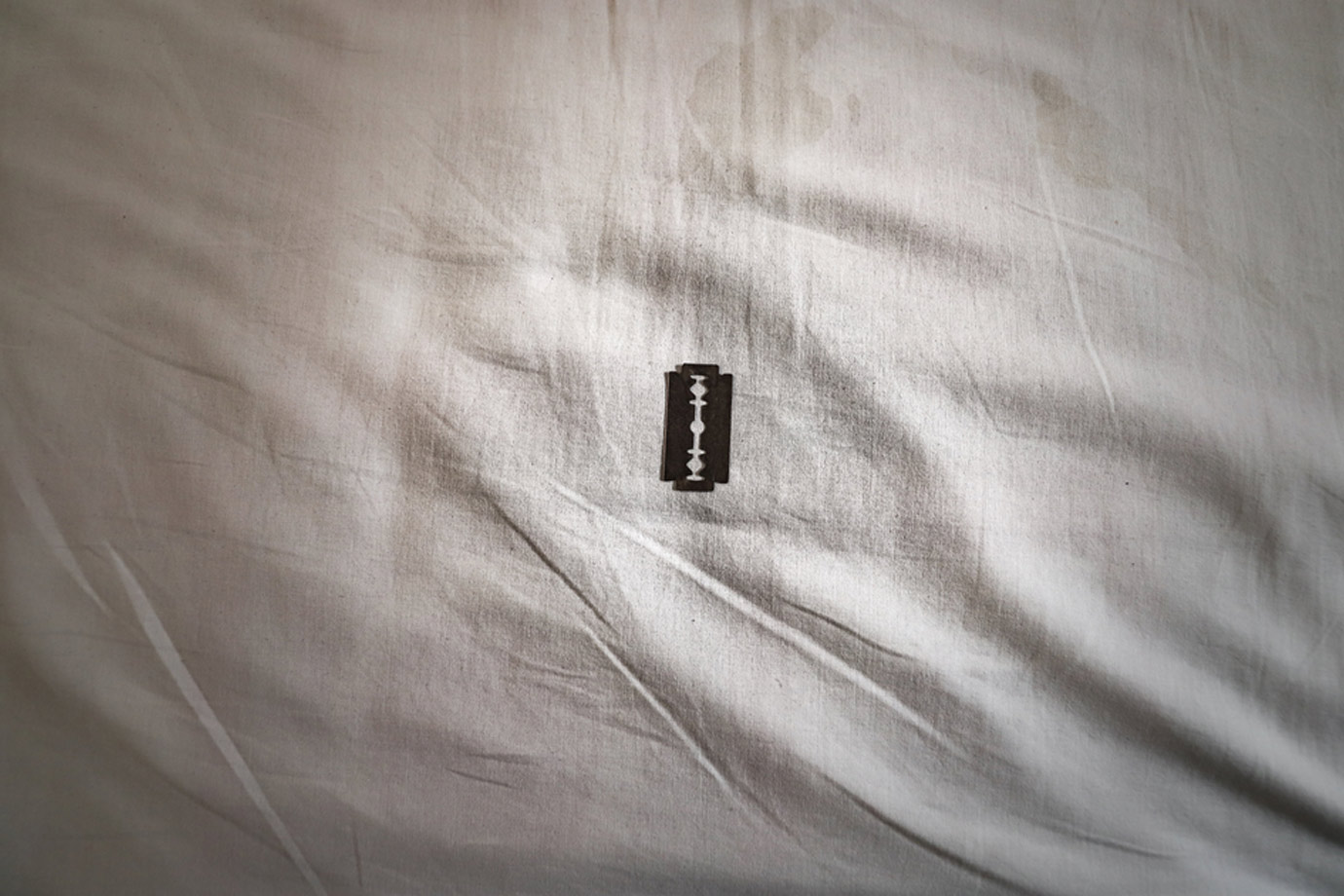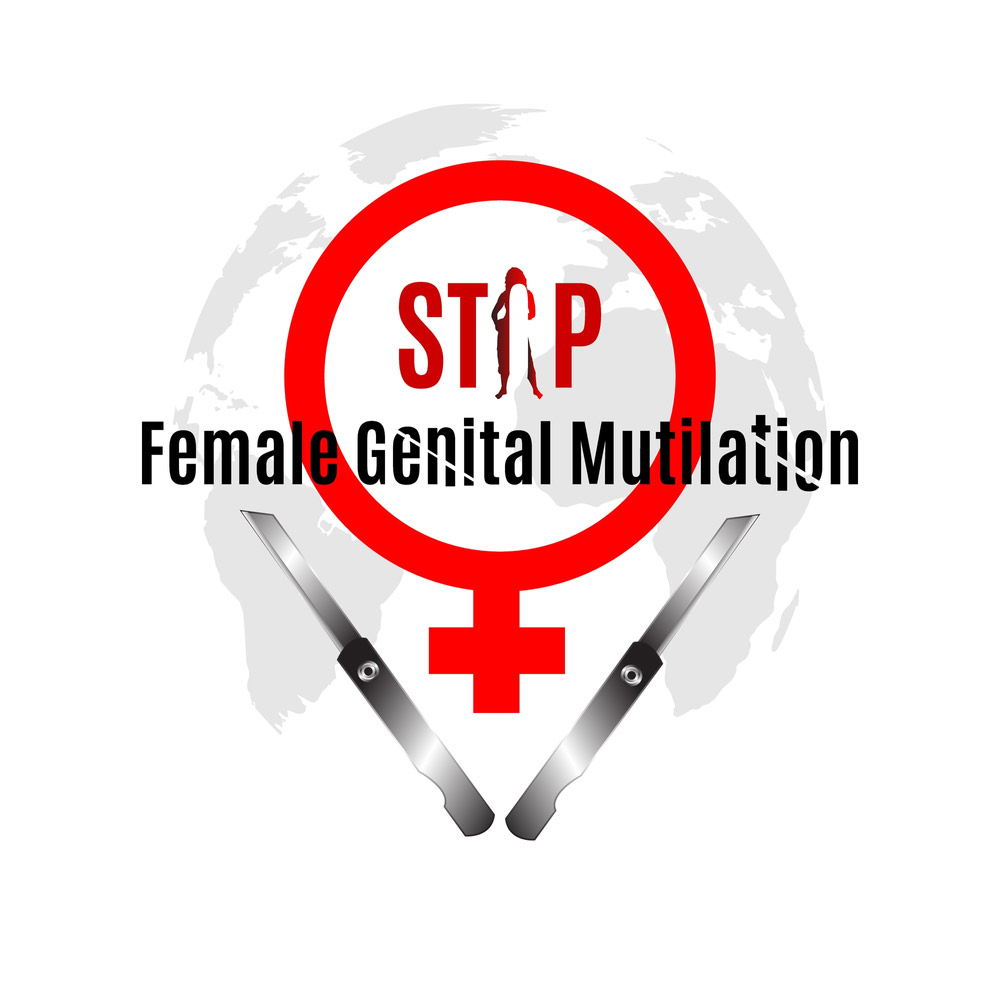
What Is FGM: Female Genital Mutilation, A Cruel Practice Girls, Women Undergo Worldwide
What Is Female Genital Mutilation: Among the many cruel practices women undergo across the world is female genital mutilation, a brutal act are subjected to in the name of religion, submissiveness, and preservation of virginity among others.
According to a report by UNICEF, at least 200 million girls and women alive today living in 31 countries have undergone FGM. There has been a decline in the cruel practice over the last three decades but not all countries have seen a decline.
What Is FGM?
Female genital mutilation is the partial or complete removal of a girl or woman's external genital area. As per the World Health Organisation (WHO), female genital mutilation is classified into four broad categories.
Type 1: Partial or total removal of the clitoris or the prepuce (fold skin surrounding the clitoris)
Type 2: Partial or total removal of the clitoris and labia minora (smaller inner folds of the vulva), with or without excision of the labia majora (the larger outer folds of the vulva)

Type 3: Narrowing of the vaginal orifice or opening by cutting and bringing together the labia minora/or the labia majora to create a seal. In some cases, the edges of labia are stitched together, the practice is called infibulation.
Type 4: All other types of harmful procedures done to the female genitalia like incising, scraping, cauterisation, pricking.
Why Is FGM Done?
As per a report by UNPFA (United Nations Population Fund), female genital mutilation is still performed in many countries and many reasons contribute to it.
1
2
3
4
FGM is a way to control a girl's sexuality after she is born. The practice ensures that the girl is a virgin before marriage, it also helps increase male sexual pleasure.
Female genital mutilation is a practice that finds its roots in the gender inequality that continues to exist across the globe. FGM is a cultural practice that both men and women don't question. It has many myths surrounding it, not going for FGM can lead to the clitoris growing to the size of a penis, and reduces child survival rate to name a few.
Don't Miss: Crime Against Women No Longer Send Shivers Down Our Spine, Are We That Desensitised?
It might sound bizarre but in some parts of the world, some communities believe that the external female genitalia is dirty and ugly looking. FGM helps promote hygiene and beautifies the genital area.
FGM is believed to be connected with Islam since it is practiced among many Muslim groups where it is commonly called 'Khatna'. However, it is not followed by all Islamic groups.
Who Does FGM?
Female genital mutilation is done by elderly people in the community, it is not always done by women. At times traditional health practitioners like barbers, and herbalists perform it.
Don't Miss: 8 Heinous Crimes That Brought Attention To Women's Safety In India
At What Age Is FGM Done?
There is no specific age at which female genital mutilation is carried out. In some areas, it is carried out during the initial days at birth, during childhood, even at the time of marriage, and during a woman's pregnancy. In most places, female genital mutilation is carried out between the age of 0 to 15 years.

We stand in 2023 and women still get subjected to female genital mutilation. We wonder if there is a glimmer of hope here. Can FGM be eradicated from the grassroots? It surely needs awareness, education, and law enforcement, among other action areas. What do you think?
Also watch this video
Herzindagi video
1
2
3
4